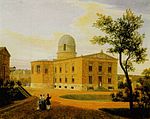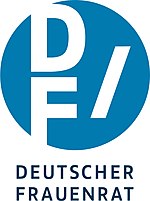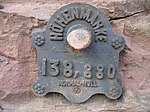Berghof Foundation
The Berghof Foundation is an independent, non-governmental and non-profit organisation that supports efforts to prevent political and social violence, and achieve sustainable peace through conflict transformation. Originally established by Professor Dr. Georg Zundel in 1971, the organisation’s development is currently run by members of the Zundel family in their roles as shareholders and trustees. Based in Berlin, Germany, the Foundation also maintains a branch office in Tübingen, Germany, as well as project offices in a number of regions including Africa, the Middle East & North Africa (MENA), Latin America and Caucasus. The organisation is a recognised player in global Track II diplomacy efforts. The Berghof Foundation strives to support processes that seek to transform violent and destructive conflicts into nonviolent social and political exchanges. The operational approach of the Berghof Foundation involves three fields: practice, learning and research. Andrew Gilmour is the Executive Director of the Berghof Foundation since May 2020. The Chair of the Board of Trustees is Johannes Zundel, Chief Executive Officer (CEO) of the Berghof Foundation Trust. Professor Hans J. Giessmann has been the Executive Director of the Berghof Foundation between 2008 and 2020.
Excerpt from the Wikipedia article Berghof Foundation (License: CC BY-SA 3.0, Authors).Berghof Foundation
Feilnerstraße, Berlin Kreuzberg
Geographical coordinates (GPS) Address Nearby Places Show on map
Geographical coordinates (GPS)
| Latitude | Longitude |
|---|---|
| N 52.5062 ° | E 13.3981 ° |
Address
Feilnerstraße
10969 Berlin, Kreuzberg
Germany
Open on Google Maps








